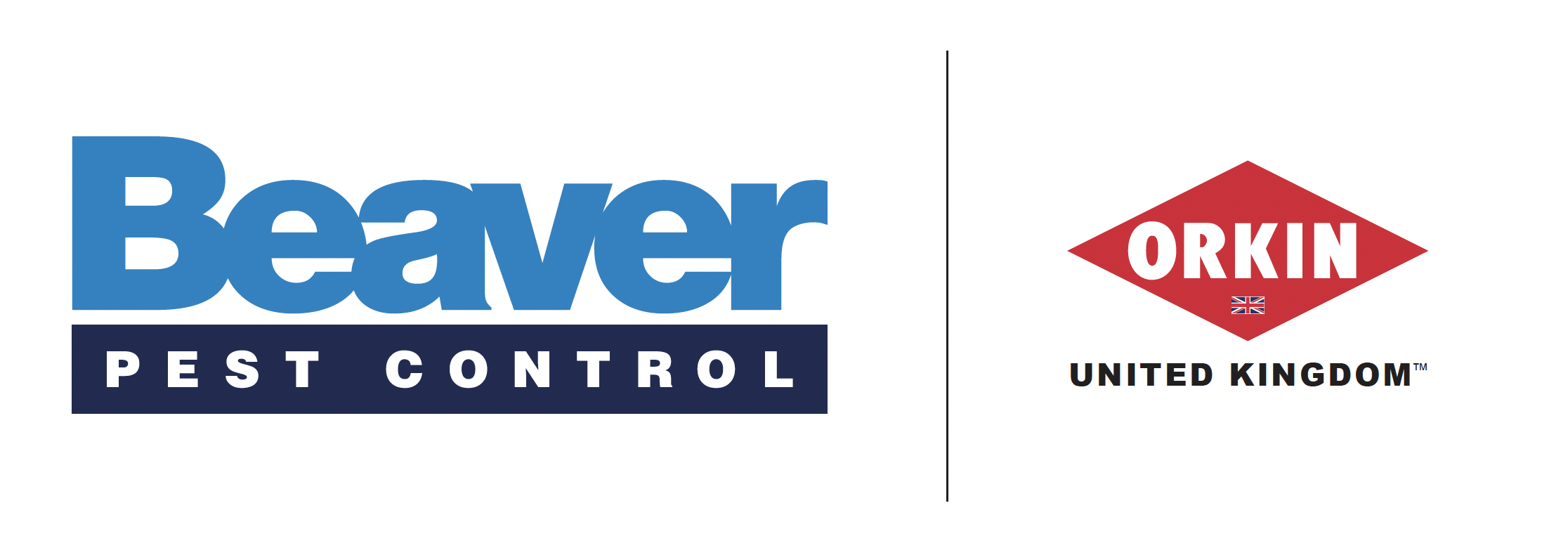Carpet Beetle control
keep your property safe from carpet beetles
GET A FREE QUOTATION
Let's talk about your pest problem. Call Beaver Pest Control London on 0208 355 3443
Fast and effective carpet beetle control for London & the South East
Carpet beetles are common pests affecting homes across London and the South East. Carpet beetle larvae, also known as "woolly bears" will cause damage to woollen carpets or woollen clothes as well as materials containing feathers, hair or leather. Our pest controllers are experts at treating these beetles to eradicate any infestations.
HOW TO GET RID OF CARPET BEETLES
NEXT STEPS
Our helpful, friendly teams are here to help you at each step of your journey to a pest free home.
1. Dedicated Customer Service
We are always available for advice and offer 24/7 out of hours phone line for urgent requests.
2. Preparation
Prior to treatment, you will be advised to carry out preparation such as washing clothes and vacuuming. Preparation is key.
3. Treatment
One of our experienced RSPH Level 2 trained technicians will carry our treatment in line with our integrated pest management approach.
4. One Month Guarantee
We include a one month guarantee following your last visit to give you peace of mind following our treatment.
How do I know if I have a carpet beetle problem?
If you think you’ve spotted signs of a carpet beetle infestation, you’re in the right place. This quick guide to carpet beetles will help you determine if it is in fact carpet beetles you are dealing with.
There are a number of tell-tale signs that you have a carpet beetle infestation:
- Damage: holes in clothes or soft furnishings.
- Adult sightings: whilst the damage is caused by the larvae, you may see adult carpet beetles.
- Larvae Sightings: you may find larvae on clothes or soft furnishings. It is at this stage that damage to property happens.
The larvae (known as “woolly bears”) of these small, oval beetles are very common. They are small, about 2 to 4mm long, and look like a small, mottled brown, grey and cream ladybird.
The larvae are small (about 4mm long), covered in brown hairs, and tend to roll up when disturbed.
Adults are often seen in April, May and June, and the larvae are most active in October before they hibernate.
The adult Carpet Beetle feeds only on pollen but lays its eggs in old birds’ nests, and fabric in buildings. It is the larvae that do the damage. They feed on feathers, fur, hair, or wool.
We follow the following 5 steps:
- Inspection – In line with the CRRU guidance, ensuring a thorough survey is carried out is essential. This will be a full environmental assessment identifying: pest infestations, access points, sources of food, water & harbourage, proofing options, and any external factors which could result in pest infestations i.e overgrown vegetation.
- Exclusion – Proofing recommendations will always be given by our technicians when identified.
- Restriction – Restricting the sources of food, water and harbourage will make your home less appealing to pests and can be an effective way to prevent re-infestation.
- Destruction – This is what it says, destroying pests that do manage to find their way into your home. We use commercial-grade insecticides safely and in accordance with the label to ensure full control.
- Communicate – Communication is perhaps one of the most important parts of the process as a whole. At every stage of this process, our technicians will be communicating their actions and importantly the reasons for their actions to you. Explaining the importance of exclusion and restriction will in the long term benefit you as you will reduce the risk of repeated infestations. It is very important that the recommendations the technicians provide are followed to support you in having a pest-free home.
Customer Reviews
- FAQS
Absolutely not. We provide an individualised service for each client and their pest problem. Our pest treatments will be tailored to your needs!
If using insecticides; while treatment is undertaken you will need to vacate the premises for 3-4 hours to allow the treatment to be applied and dry. Once the treatment is dry it is safe. Alternative treatments using steam or heat are available for customers if they prefer not to use insecticides.
Domestically we cover London and the South-East. We offer national coverage for commercial customers.
Prior to treatment some preparation is required by the occupant of the property to ensure the best possible treatment can be carried out.
Whilst treatment is undertaken you will need to vacate the premises for 3-4 hours to allow the treatment to be applied and dry.
1. Floors should be vacuumed, including under beds and skirting areas and not vacuumed again for at least 7- 10 days after treatment.
2. Storage areas such as wardrobes, drawers and airing cupboards should be emptied to allow us access for treatments and the belongings checked for any signs of infestation. If no evidence is found then they should be put into black bags and these left in the middle of the same room.
3. Anything deemed to be infested should be either washed on a 60 degree wash cycle or dry cleaned. Any clothing that is not worn on a regular basis, for example heavy coats, suits or woollen jumpers should be stored in plastic clothing covers.
Payment is taken upon booking of the job with our customer service team. We accept all major credit cards with the exception of American Express.
Using a professional company is the quickest and most effective way to get rid of mice. The training given to professional technicians is not just about how to treat pest but also, and more importantly, how to do it safely so no harm comes to other animals, including pets and other wildlife such as hedgehogs and birds.

